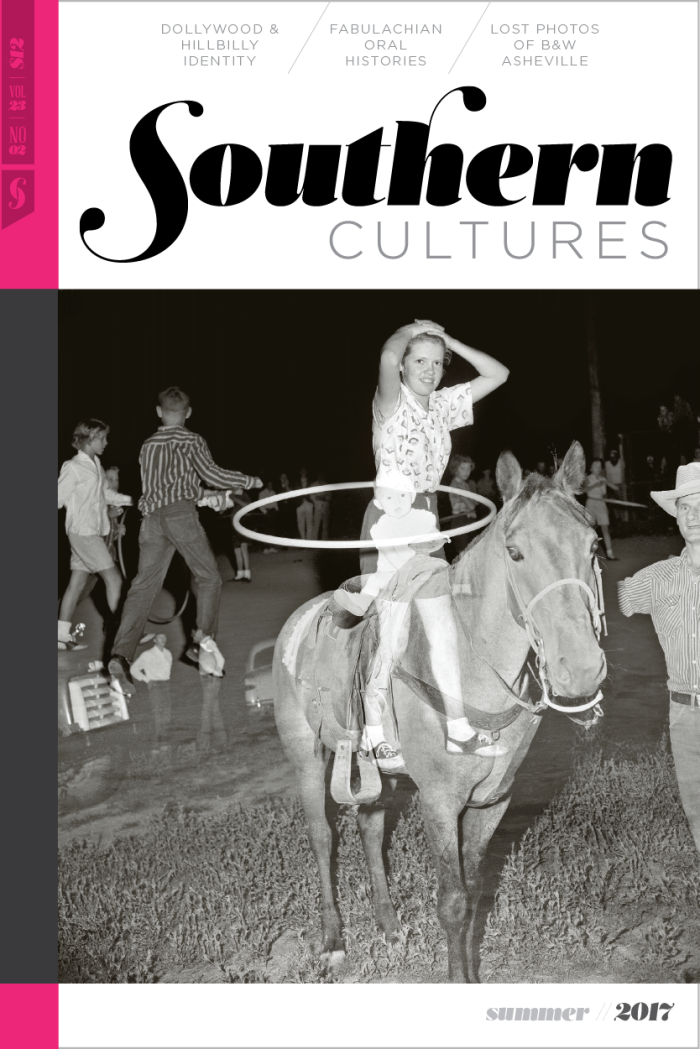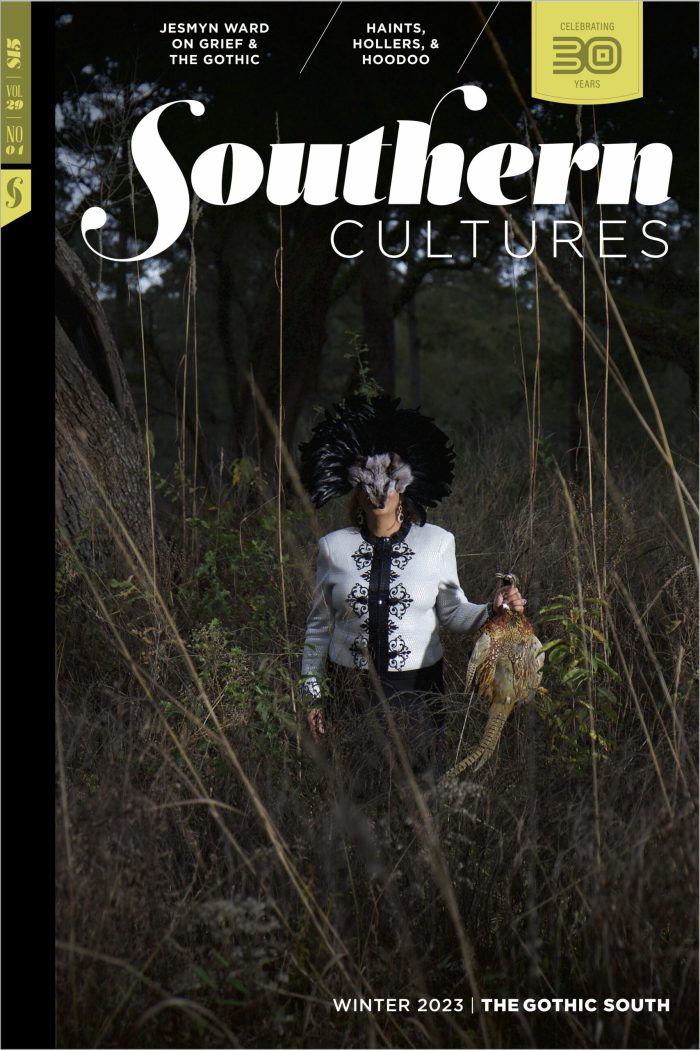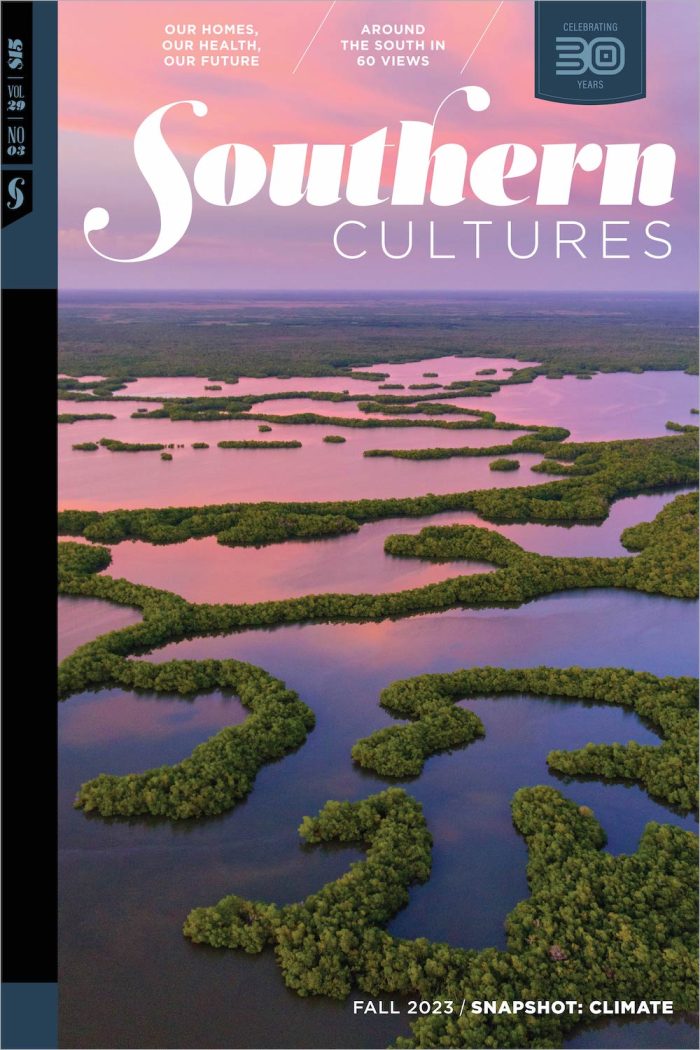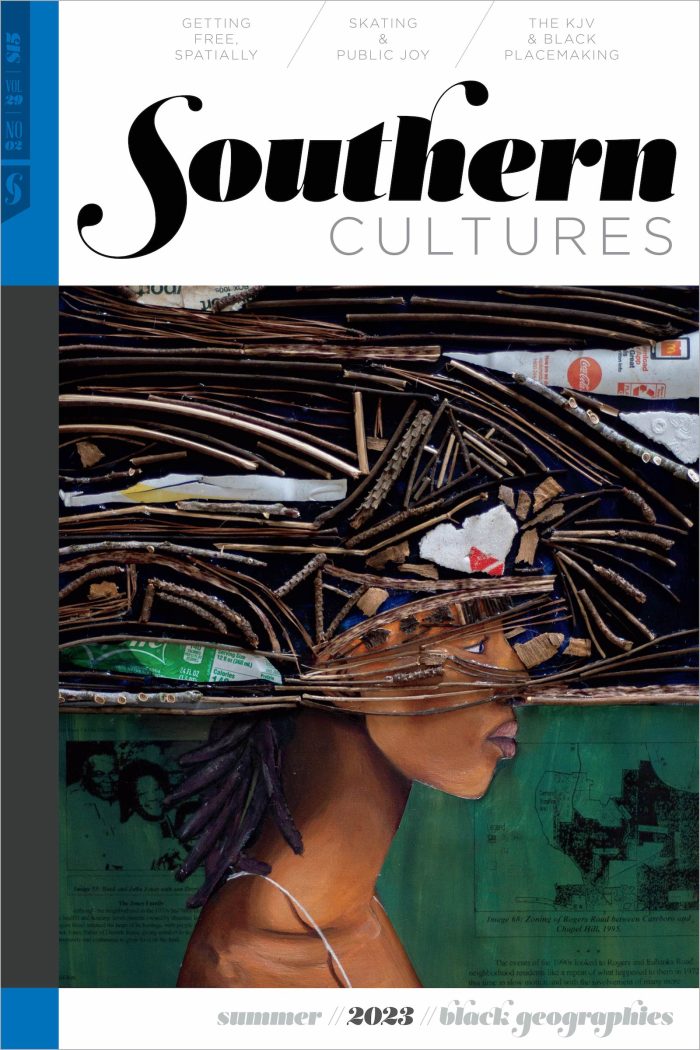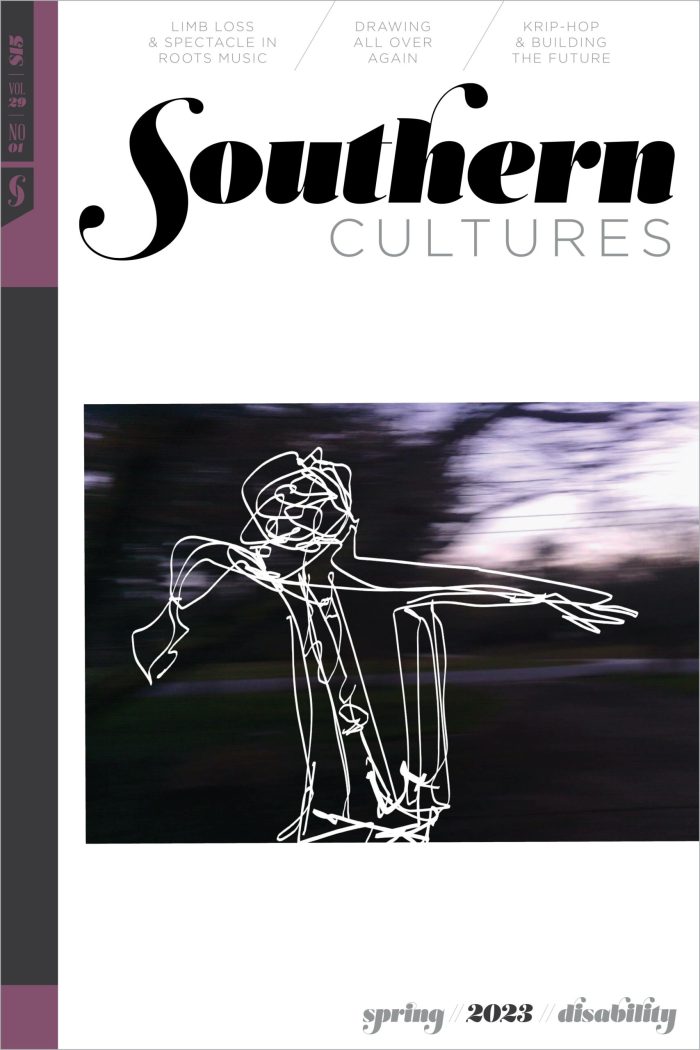Essay
BUY ACCESS
by Harry Watson
In Faulkner’s Requiem for a Nun, the character Gavin Stevens famously declares that “The past is never dead. It’s not even past.” Stevens’s judgment on the power of history seemed profound when I first read it, back in college. It’s still true today, but now it’s become a platitude, a staple of presidential speeches and »
Photo Essay
Pt. 1: Miscellaneous Horses
by Michaela O’Brien
I think I’d been there five minutes when Larry pulled up alongside me in a golf cart, abruptly. My camera dangled from my neck as I approached him. “You know there’s a fifty dollar fine for taking photos in Love Valley.” “Oh, well . . . I didn’t think . . .” I muttered. “I’m »
Art
An Atlanta Monument
by Daniel Judt
On May 1, 1886, Jefferson Davis visited Atlanta for the last time. He had agreed to speak at the unveiling of a statue of the late Georgia senator Benjamin Harvey Hill. The former president of the Confederacy looked gaunt and frail. He sat on stage during the ceremony, and one might imagine that the crowd »
Essay
Tourism and the Contested Southern Landscape
by William D. Bryan
In 1869, twenty-nine-year-old John Muir left his home in Indianapolis and began to walk south. With Florida as his goal, Muir botanized his way through Kentucky, Tennessee, North Carolina, and Georgia, before stopping in Savannah. There, he ran out of money and had to spend almost a week “camping among the tombs” in Bonaventure Cemetery, »
Essay
BUY ACCESS
Developing McLeod Plantation as a Shared Space of Historical Memory
by Brian Graves
On April 25th, 2015, the Charleston Country Parks and Recreation Commission (CCPRC) officially opened the McLeod Plantation Historic Site (MPHS) on James Island, South Carolina. At first glance, the site appears to have the usual trappings of other plantation tourist destinations in the region: a Spanish moss-draped oak alley leading to the antebellum “big house,” »
Photo Essay
BUY ACCESS
The Braceros of Ciudad Juárez
by Charles D. Thompson Jr.
Across the Rio Grande at El Paso, Texas—a city so named because it was the crossing Spaniards used to reach the country north and west of the river—sits its sister city, Ciudad Juárez. Before the Mexican-American War, the river was simply a geographical barrier within Mexico, so both sides were the same town. Today, the »
Food
BUY ACCESS
Tracing Scarcity in Asheville's East End Neighborhood
by Nina Flagler Hall
In 2000, to usher in the new millennium, my husband and I bought a crack house in Asheville’s East End. This was not a glib assessment of one of those abandoned houses you see with overgrown bushes in the front yard, a sad, sagging porch, and a rumored history of violence, although the house had »
Essay
BUY ACCESS
by Seth McKee
Although other issues structure the party system in the southern United States, the dividing line of race, more than any other factor, accounts for the relative electoral strength of the Democratic and Republican parties. After the end of Reconstruction (circa 1877), the southern Democratic Party maintained the racial status quo through massive Black disfranchisement. But »
Memoir
BUY ACCESS
by Brenda K. Johnson
After the eighth chicken and dumpling bowl was stacked back in the cupboard and the rest of our extended family had departed for home or a nap, Mema and I took long walks on Sunday afternoons through endless pine and oak in the backcountry of southeastern North Carolina. Out of my Sunday dress and into »
Poetry
BUY ACCESS
by Michael Chitwood
Threads would cling to them,pants, purses, yokes of dresses,as they walked or trotted across the parking lot, releasedby the four o’clock bell. In the building at my backI could feel the throb of second shiftworking the fine strandsthat, which was it?, held them upor held them back from better lives. Country tunes trailed them out »
Essay
by Marilyn Zapf
“Shortly after I set up my first studio, I asked Cynthia Bringle if I could visit her to talk about my work. She took the time to hear my story, look at my [ceramics], and discuss what was working successfully and what was not. Then, Cynthia generously opened her personal book of glazes and slips »
Music
A Peek Inside this Southern Folklife Collection
by Steven Weiss
UNC University Libraries’ Southern Folklife Collection (SFC) is an archival resource dedicated to collecting, preserving, and disseminating traditional and vernacular music, art, and culture related to the American South. The SFC is one of the nation’s foremost archival resources for the study of American folk music and popular culture. Its holdings extensively document all forms »
Essay
Connecting North Carolina with Mexico
by Southern Cultures
When Bryan Giemza, director of the Southern Historical Collection (SHC) at UNC-Chapel Hill, visited the State Archives of Yucatán in Mérida, Mexico, he had an “a-ha” moment. Pouring over Mayan-language transcripts of nineteenth-century court depositions and hacienda (plantation) records, Giemza found a cultural bridge. “This is very reminiscent of the kind of materials we have »
Poetry
BUY ACCESS
by Southern Cultures, with Abigail Lee
Photo Essay
BUY ACCESS
by Tom Rankin
